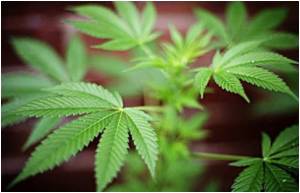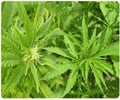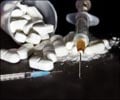Ingredients present in marijuana affect brain processing functions involving responses to certain visual stimuli and tasks.

The authors used functional MRI images to study each participant on three occasions after administration of 9-THC, CBD or placebo. Study participants performed a visual oddball task of pressing buttons according to the direction arrows on a screen were pointing, as a measure of attentional salience processing.
"Pairwise comparisons revealed that 9-THC significantly increased the severity of psychotic symptoms compared with placebo and CBD whereas there was no significant difference between the CBD and placebo conditions," the researchers said.
9-THC had a greater effect than placebo on reaction time to non-salient relative to salient stimuli.
This was associated with modulation of both prefrontal and striatal function by 9-THC, augmenting (increasing) activation in the former region and attenuating (weakening) it in the latter.
"Moreover, in the present study, the magnitude of 9-THC's effect on response times to non-salient stimuli was correlated with its effect on activation in the right caudate, the region where the physiological effect of 9-THC was linked to its induction of psychotic symptoms," they wrote.
Advertisements
When the effects of CBD were contrasted with 9-THC and placebo with respect to the visual task there was a "significant effect" in the left caudate with CBD augmenting (increasing) the response and 9-THC attenuating (weakening) it.
Advertisements
The findings appeared in the January issue of Archives of General Psychiatry, one of the JAMA/Archives journals.
Source-ANI















